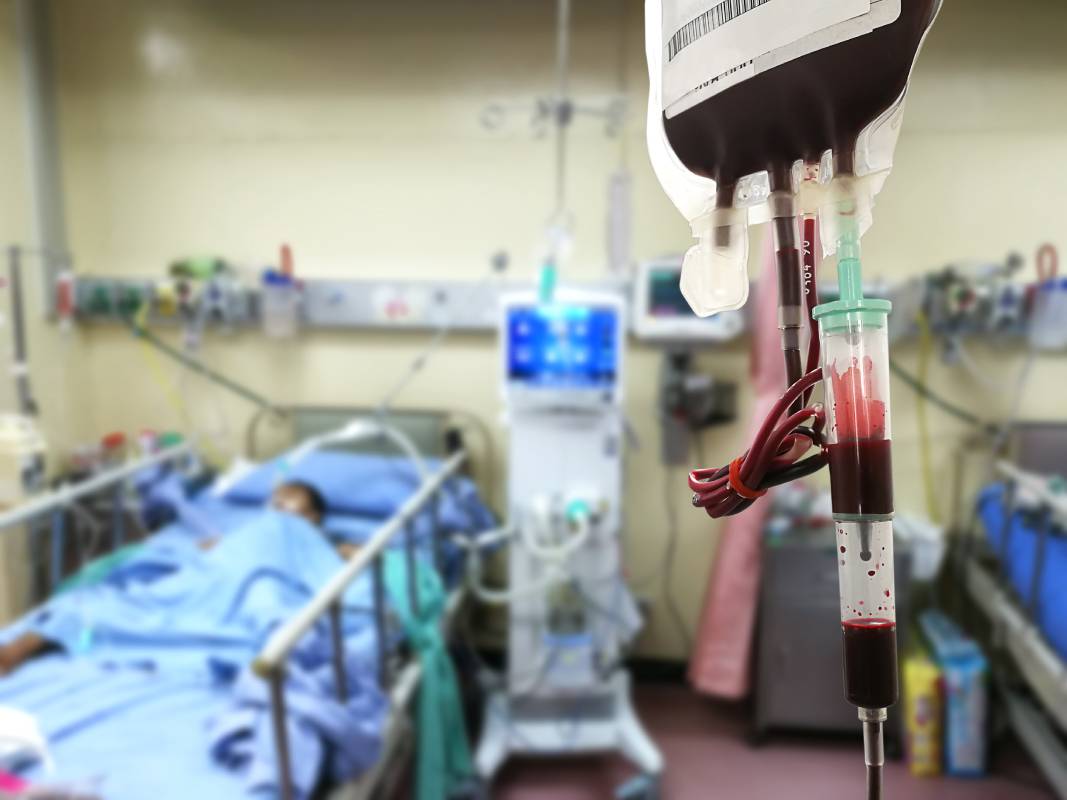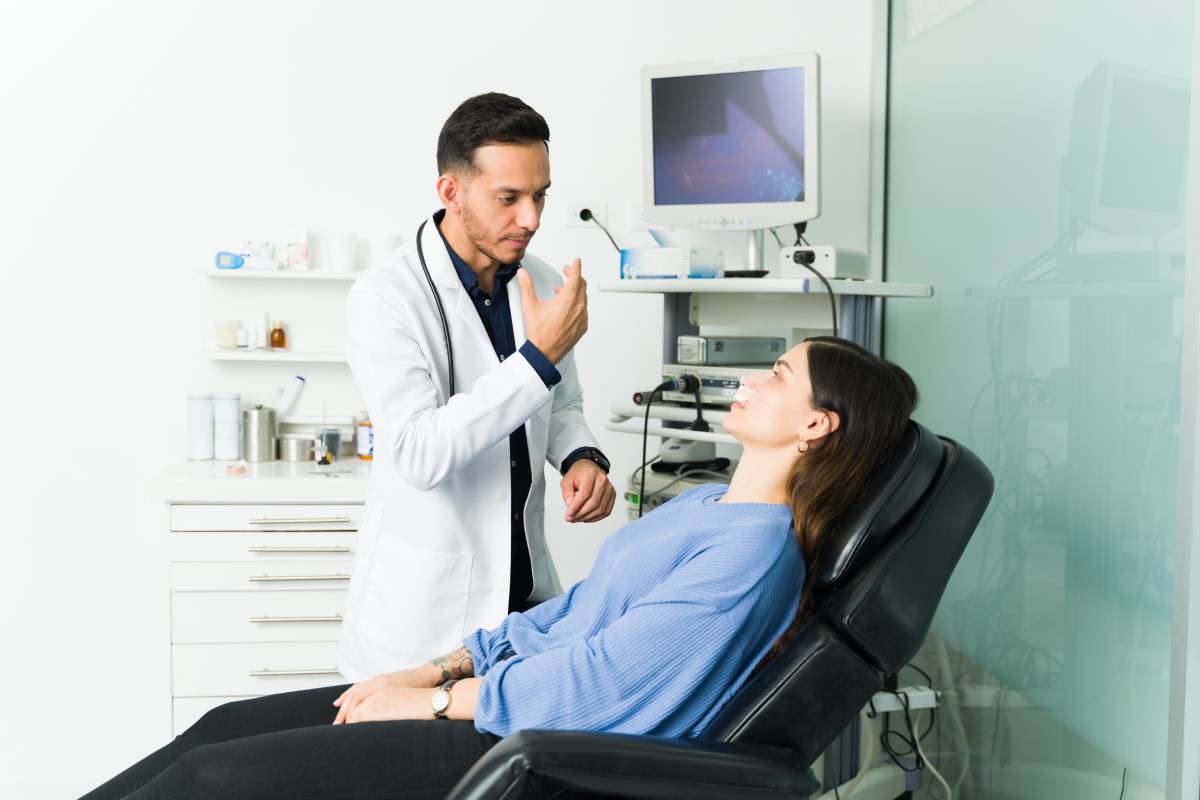Common Side Effects After Upper Endoscopy
An upper gastrointestinal endoscopy or esophagogastroduodenoscopy (EGD) is a procedure used to diagnose and treat problems in one’s upper gastrointestinal tract. The upper gastrointestinal tract includes the esophagus, stomach, and the first part of the small intestine, or the duodenum. The procedure is carried out using a long, flexible tube called an endoscope which has a tiny light and video camera on one end. The tube is slowly pushed through one’s esophagus and stomach, and into the duodenum, after which video images from the tube are analyzed on a monitor. While generally safe, there are a number of predictable side effects to be aware of after an upper endoscopy.
Immediately following an upper endoscopy, a patient will not be allowed to eat or drink anything until their gag reflex returns in order to prevent choking. A patient may also experience a sore throat and pain for a few days when swallowing, which is also normal. Individuals may feel gassy after the procedure. These side effects are typically minor after an upper endoscopy and resolve on their own.
Upper gastrointestinal endoscopy may rarely lead to more serious side effects. These include infection, bleeding, a tear in the tissue, and an adverse reaction to anesthesia administered during the procedure.
Infection
In rare cases, an upper endoscopy can incur a nosocomial infection. Most endoscopies consist of an examination and biopsy, with a low risk of infection. However, the risk of infection increases when additional procedures are carried out as part of the endoscopy. This said, most infections are minor and can be treated with antibiotics. A patient’s provider may also prophylactically administer antibiotics prior to the procedure for patients who are at a known higher risk of infection.
Bleeding
Rarely, an upper endoscopy can result in bleeding. The risk of bleeding complications after an endoscopy increases if the procedure involves removing a piece of tissue for testing (e.g. in the form of a biopsy) or treating a digestive system problem; in the rarest of cases, such bleeding may warrant a blood transfusion.
Tear of the gastrointestinal tract
A tear in the lining (perforation) of the duodenum, esophagus, or stomach is also one of the more serious but rare side effects that can result from an upper endoscopy. A tear in the esophagus or another part of the upper digestive tract may require hospitalization and surgery in some cases. The risk of this complication remains very low, affecting an estimated 1 in every 2,500 to 11,000 diagnostic upper endoscopies, but the risk increases if additional procedures (like a dilation of the esophagus) are performed. In severe cases, a doctor may need to perform surgery to treat some complications.
A reaction to sedation or anesthesia
Upper endoscopy is usually performed with anesthesia, such as conscious sedation. There is a very small risk of a reaction to sedation or anesthesia.
It is important for patients, should more serious side effects occur, to contact a healthcare professional if they experience 1) fever or chills, 2) redness, swelling, or bleeding, 3) stomach pain, nausea, or vomiting, 4) black, tarry, or bloody stool, 5) difficulty swallowing, or 6) throat or chest pain that is steadily worsening. A healthcare professional may provide specific instructions, depending on the situation. A patient may further have other risks that are unique to the individual. It is important to discuss any concerns with one’s healthcare provider prior to the procedure.
References
1. Upper endoscopy – Mayo Clinic. Available at: https://www.mayoclinic.org/tests-procedures/endoscopy/about/pac-20395197. (Accessed: 2nd October 2023)
2. Upper GI Endoscopy – NIDDK. Available at: https://www.niddk.nih.gov/health-information/diagnostic-tests/upper-gi-endoscopy. (Accessed: 2nd October 2023)
3. Upper GI Endoscopy | Johns Hopkins Medicine. Available at: https://www.hopkinsmedicine.org/health/treatment-tests-and-therapies/upper-gi-endoscopy. (Accessed: 2nd October 2023)
More From The Blog

Role of Anesthesiologists in Patient Blood Management
Patient blood management is an evidence-based, multidisciplinary approach aimed at optimizing the care of patients who require a blood transfusion. It focuses on minimizing blood

Common Adult ENT Procedures in the Outpatient Setting
A number of Ear, Nose, and Throat (ENT) procedures can be performed in outpatient settings. These procedures are typically minimally invasive, allowing patients to return home the same day without the need for extended recovery in a hospital.